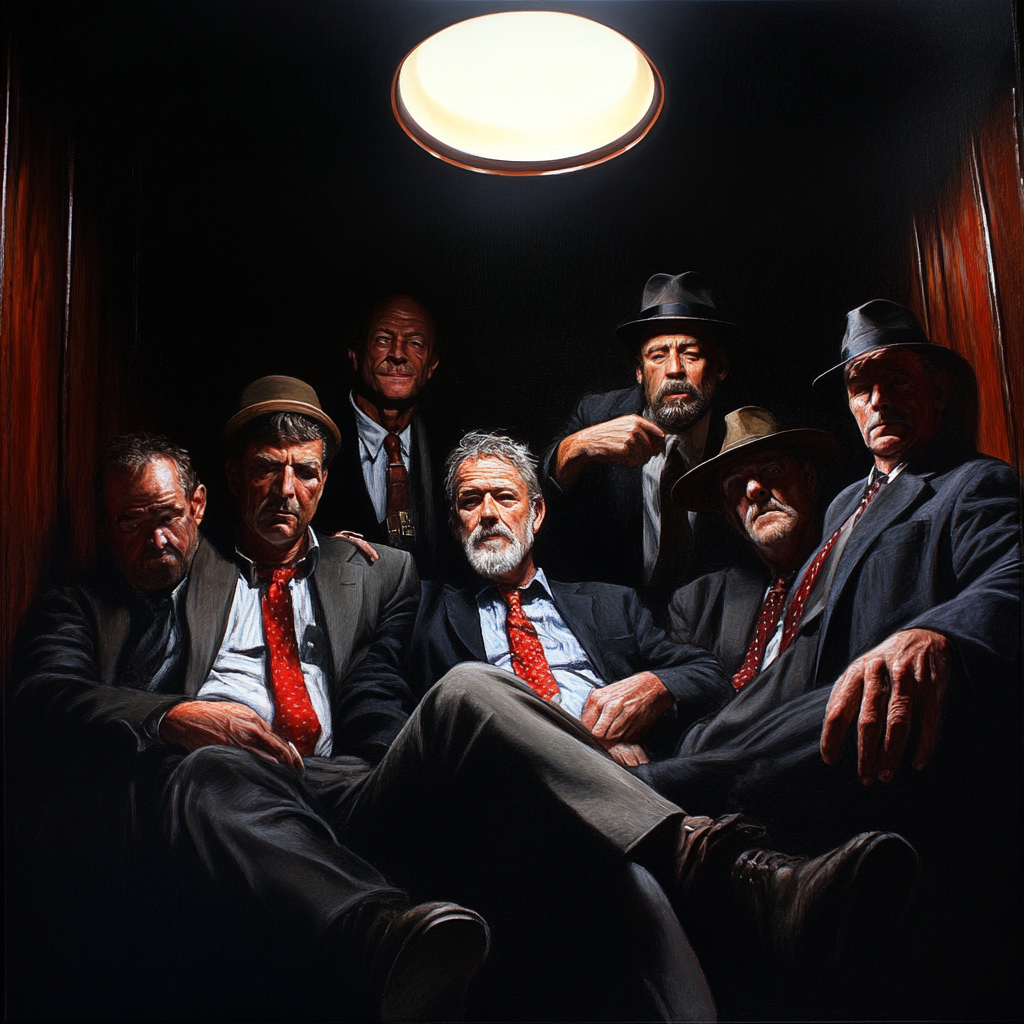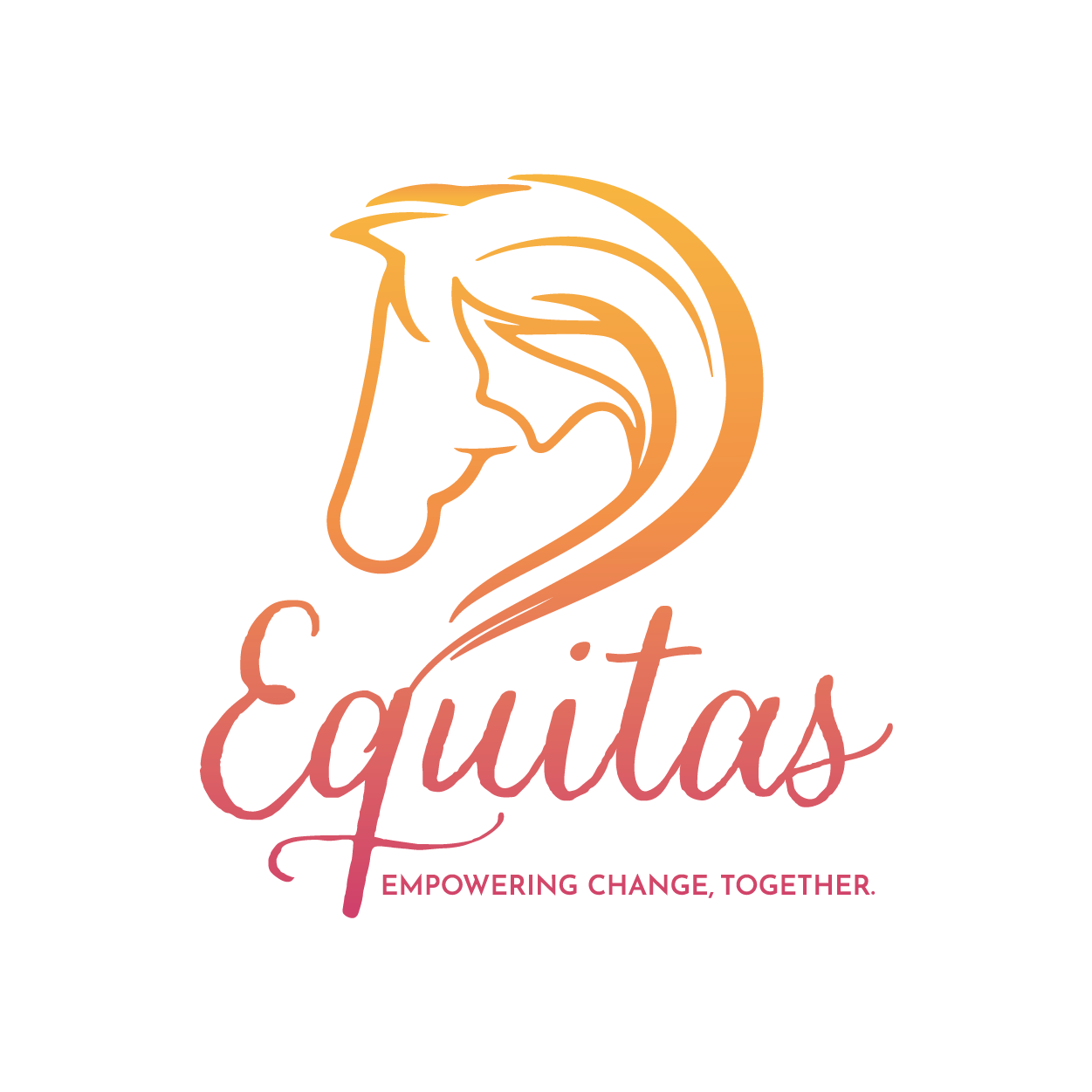The Gender Paradox in Equestrian Sport

Why Women Ride, but Men Still Rule the Sport
For International Women’s Day, we don’t just celebrate women—we challenge the systems that continue to hold them back. At Equitas, our mission is to amplify women’s voices, expose inequality, and demand change. This year, we are shining a spotlight on the deep-rooted gender disparities in equestrian sport—a world where women outnumber men at grassroots levels but remain locked out of power, funding, and top-level success.
Equestrianism sells itself as a sport of equality. It prides itself on the fact that men and women compete side by side. But the reality? Women may be the backbone of this industry, but they are still treated as second-class citizens in its leadership, its sponsorship deals, and its competitive opportunities.
Over the next three articles, we break down the gender paradox in equestrianism, the hidden abuse that has plagued the sport for decades, and the blueprint for real change.
These are not just words. These are honest truths... like them or not, they are the TRUTH!!
Equestrian sport is often held up as the great gender equaliser. It is one of the few Olympic disciplines where men and women compete against each other, judged by the same standards, on the same courses, and under the same rules. On the surface, it appears to be a sport where talent and skill—not gender—determine success.
But beneath that polished narrative lies a far messier reality. One where women are the majority of riders, but men still dominate the highest levels of competition, funding, and leadership.
The numbers are telling.
- Women make up over 80% of dressage riders, 73% of eventers, and over 60% of showjumpers globally.
- Yet, at the elite level, the playing field tilts dramatically—with men disproportionately claiming top international titles and leadership roles.
- As of 2025, only four women rank among the top 30 showjumpers in the world—just 13% in a discipline where women outnumber men at lower levels.
- In eventing, men have won 65% of Olympic medals in the past 20 years, despite women dominating participation numbers.
- At the last five Olympics, the majority of showjumping medals have gone to men, reinforcing the ongoing imbalance.

And the problem goes beyond the arena.
- Less than 5% of national equestrian federations are led by women.
- Sponsorship funding is overwhelmingly directed towards male riders, even in disciplines where women dominate participation.
- Coaching, selection committees, and team leadership remain largely male-controlled, reinforcing a system that favours men at the highest levels.
So how does a sport where women are the majority still function like a boys’ club at the top?
Because being “allowed” to compete isn’t the same as being given an equal chance to succeed. And as long as power, funding, and leadership remain overwhelmingly male, equestrianism will continue to fail the women who make up its foundation.
This is not about ability. It is about systemic structures that quietly, persistently favour men—and a sport that refuses to acknowledge it.
Where Are the Women at the Top?
The statistics tell one side of the story. The lived experience of women in the sport tells the rest.
- Showjumping remains a male-dominated stronghold. Despite making up over 60% of competitors at lower levels, women still struggle to crack the top rankings globally.
- Eventing has slightly better numbers, yet men still claim the majority of Olympic medals.
- Dressage is often cited as the exception—but even here, the barriers exist in leadership, sponsorship, and visibility.
And then there’s the leadership imbalance.
- Federation boards, selection panels, and coaching teams remain male-heavy, which means men still control the opportunities, funding, and decision-making.
- Women are still seen as the “safer” bet for lower-level riding and coaching jobs, while the top team positions tend to go to men.
Why?
Because in equestrian sport, the real power doesn’t lie in the saddle. It lies in the boardrooms, in the sponsor meetings, and in the selection committees. And that’s where the old boys’ club still reigns.

The Unspoken Bias Holding Women Back
The reality is, equestrian sport may allow women to compete, but it does not treat them as equals.
- Media bias is real. Male riders receive significantly more coverage, particularly in disciplines like showjumping and eventing, where sponsorship and commercial opportunities are tied to visibility.
- Selection bias exists. The people who choose who gets on Olympic and international teams are overwhelmingly male. And in a sport where marginal differences determine success, those decisions matter.
- Sponsorship follows the same pattern. Even in disciplines where women dominate, male riders consistently receive bigger sponsorship deals and funding.
The message is clear: women belong in the sport—but not necessarily at the top.
The Future of Equestrianism Cannot Look Like Its Past
The problem with equestrianism isn’t that women lack the skill, drive, or ambition to succeed. The problem is that they are still expected to fight harder for opportunities that men receive without question.
The sport loves its image of gender equality—because on the surface, it looks progressive. But a sport is not equal just because men and women ride the same courses. It is equal when the pathways to success are the same for both genders. And right now, they are not.
- A truly equal sport does not have women making up over 70% of competitors but less than 20% of podium finishes.
- A truly equal sport does not see men receiving the lion’s share of sponsorship funding when women are the majority of participants.
- A truly equal sport does not have women working twice as hard to get half the recognition.
Until leadership, funding, and opportunity reflect the actual demographics of the sport, equestrianism will continue to fail the very people who make it possible.
Women do not need to prove they belong here. They already do. The question is, when will the sport finally reflect that?
Because equestrianism cannot claim to be equal if it still operates like a boys’ club at the top.
Until next time,
Shane


